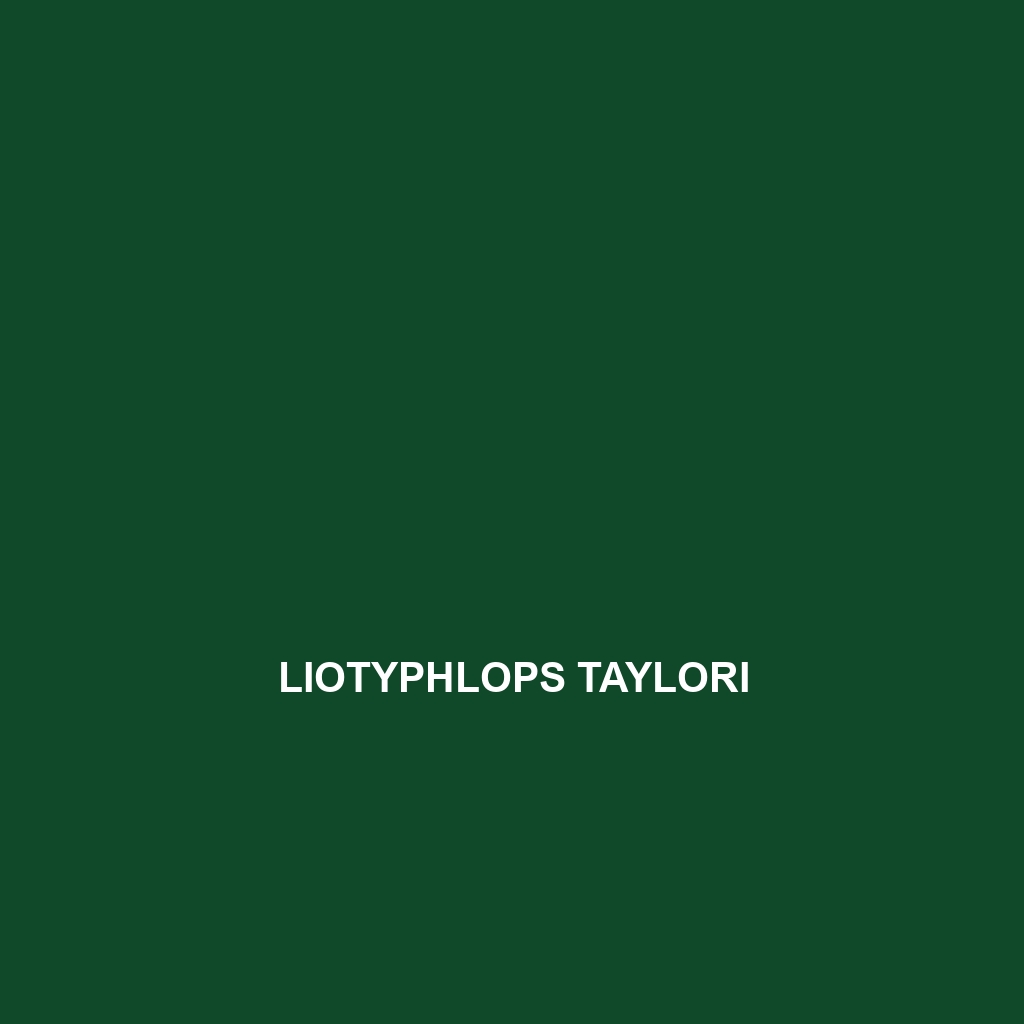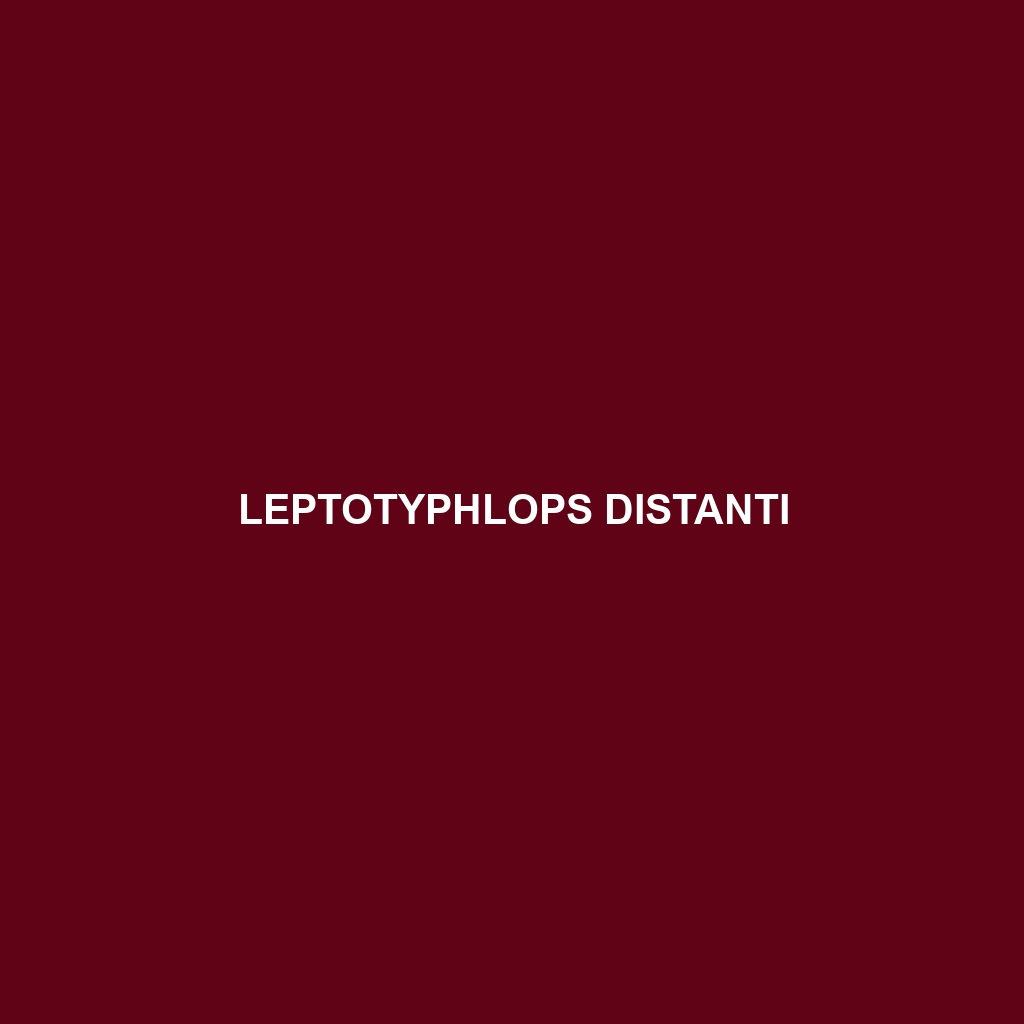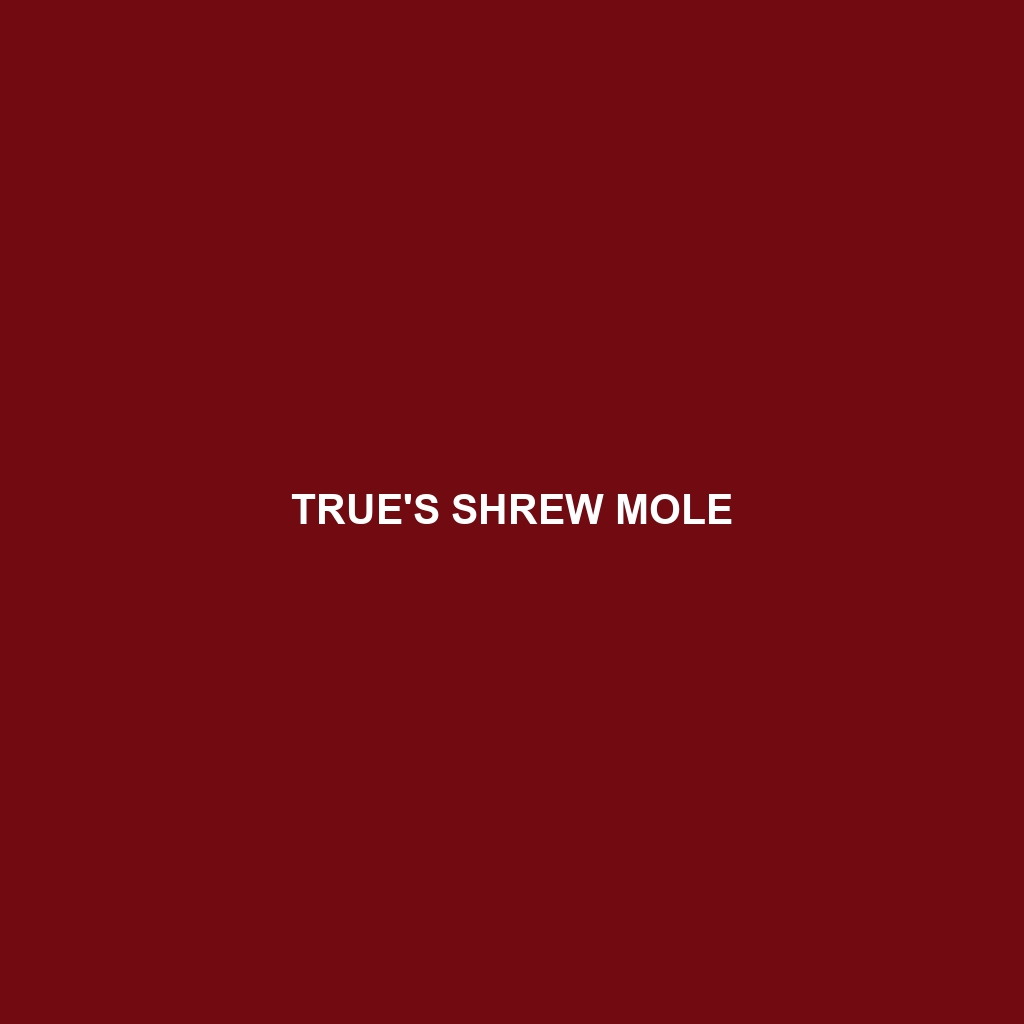<p><b>Ramphotyphlops cumingii</b>, commonly known as Cuming's Blind Snake, is a nocturnal, insectivorous species found in tropical regions of Southeast Asia, characterized by its cylindrical body, small vestigial eyes, and a diet primarily consisting of ants and termites. This snake plays a vital role in regulating insect populations and promoting soil health within its rainforest and savanna habitats.</p>
Tag: underground foraging
Ramphotyphlops cumingii
<p><b>Ramphotyphlops cumingii</b>, commonly known as Cuming's Blind Snake, is a nocturnal, insectivorous species found in tropical regions of Southeast Asia, characterized by its cylindrical body, small vestigial eyes, and a diet primarily consisting of ants and termites. This snake plays a vital role in regulating insect populations and promoting soil health within its rainforest and savanna habitats.</p>
Liotyphlops schubarti
Discover the fascinating Liotyphlops schubarti, a fossorial snake native to the coastal restinga ecosystems of southeastern Brazil. These slender, brown snakes play a crucial role in controlling insect populations, primarily feeding on ants and termites, while showcasing unique adaptations for a subterranean lifestyle.
Lerista apoda
Discover the Lerista apoda, or legless skink, a unique insectivorous lizard native to Australia, known for its distinctive elongated body, lack of limbs, and remarkable burrowing abilities in sandy habitats. This nocturnal species plays a vital role in controlling insect populations while contributing to the ecological balance of its environment.
Leptotyphlops distanti
Discover the Leptotyphlops distanti, also known as the distant blind snake, a fossorial insectivore primarily found in the tropical and subtropical regions of South America. With its slender, limbless body and reduced eyesight, this unique species plays a crucial role in controlling insect populations and maintaining ecological balance.
True’s Shrew Mole
Explore the intriguing world of the True's Shrew Mole, a nocturnal insectivore native to the lush forests of eastern Asia. With its distinctive elongated snout and powerful digging limbs, this remarkable creature not only plays a crucial role in aerating soil and regulating pest populations but also faces threats from habitat loss. Discover its unique behaviors, diet, and the conservation efforts needed to protect this vulnerable species in our latest blog post.





